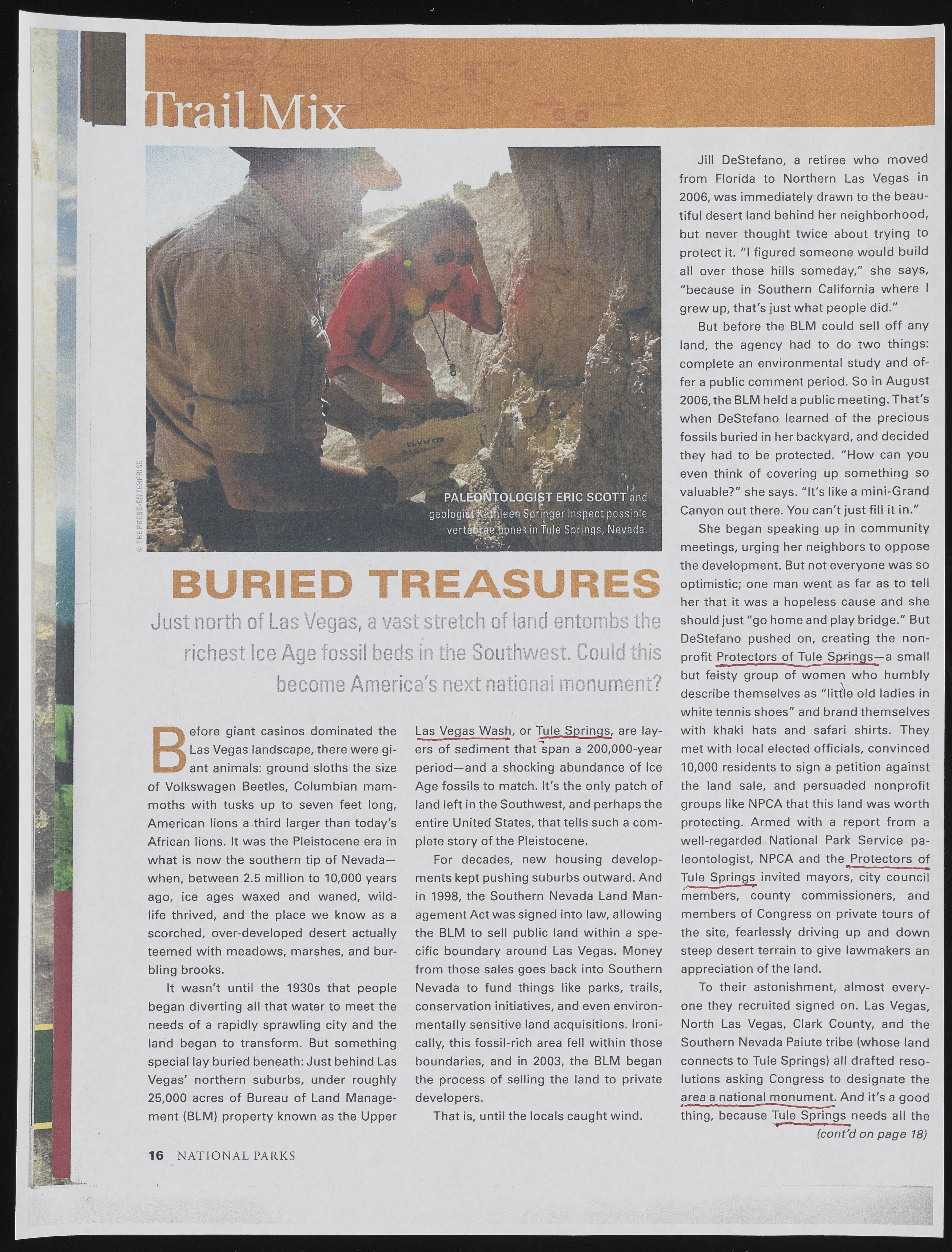Copyright & Fair-use Agreement
UNLV Special Collections provides copies of materials to facilitate private study, scholarship, or research. Material not in the public domain may be used according to fair use of copyrighted materials as defined by copyright law. Please cite us.
Please note that UNLV may not own the copyright to these materials and cannot provide permission to publish or distribute materials when UNLV is not the copyright holder. The user is solely responsible for determining the copyright status of materials and obtaining permission to use material from the copyright holder and for determining whether any permissions relating to any other rights are necessary for the intended use, and for obtaining all required permissions beyond that allowed by fair use.
Read more about our reproduction and use policy.
I agree.Information
Digital ID
Permalink
Details
More Info
Rights
Digital Provenance
Publisher
Transcription
HE PRESS-ENTERPRISE R L J R I E D T R P A < 5I I R F q D - m H 1 ilbw I m RF S r « Sh k ‘4s®gJP If ft Sliiss l£ s P Just north of Las Vegas, a vast stretch of land entombs the * richest Ice Age fossil beds in the Southwest. Could this become America's next national monument? Before giant casinos dominated the Las Vegas landscape, there were giant animals: ground sloths the size of Volkswagen Beetles, Columbian mammoths with tusks up to seven feet long, American lions a third larger than today's African lions, it was the Pleistocene era in what is now the southern tip of Nevada— when, between 2.5 million to 10,000 years ago, ice ages waxed and waned, wildlife thrived, and the place we know as a scorched, over-developed desert actually teemed with meadows, marshes, and burbling brooks. It w asn't until the 1930s that people began diverting all that water to meet the needs of a rapidly sprawling city and the land began to transform. But something special lay buried beneath: Just behind Las V egas' northern suburbs, under roughly 25,000 acres of Bureau of Land M anagement (BLM) property known as the Upper Las Vegas W ash, or Tule Springs, are layers of sediment that^pan a 200,000-year period— and a shocking abundance of Ice Age fossils to match. It's the only patch of land left in the Southwest, and perhaps the entire United States, that tells such a com plete story of the Pleistocene. For decades, new housing developments kept pushing suburbs outward. And in 1998, the Southern Nevada Land M anagement Act was signed into law, allowing the BLM to sell public land within a specific boundary around Las Vegas. Money from those sales goes back into Southern Nevada to fund things like parks, trails, conservation initiatives, and even environmentally sensitive land acquisitions. Ironically, this fossil-rich area fell within those boundaries, and in 2003, the BLM began the process of selling the land to private developers. That is, until the locals caught wind. Jill DeStefano, a retiree w ho moved from Florida to Northern Las Vegas in 2006, was immediately drawn to the beautiful desert land behind her neighborhood, but never thought twice about trying to protect it. "I figured someone would build all over those hills someday," she says, "because in Southern California where l grew up, that's just what people did." But before the BLM could sell off any land, the agency had to do two things: complete an environmental study and offer a public comment period. S o in A u gu st 2006, the BLM held a public meeting. That's when DeStefano learned of the precious fossils buried in her backyard, and decided they had to be protected. "H o w can you even think of covering up som ething so valuable?" she says. "It's like a mini-Grand Canyon out there. You can't just fill it in." She began speaking up in com m unity meetings, urging her neighbors to oppose the development. But not everyone w as so optimistic; one man went as far as to tel! her that it was a hopeless cause and she should just "go home and play bridge." But DeStefano pushed on, creating the nonprofit Protectons^ofTuI^ small but feisty group of womenu who humbly describe themselves as "little old ladies in white tennis sho e s" and brand them selves with khaki hats and safari shirts. They met with local elected officials, convinced 10,000 residents to sign a petition against the land sale, and persuaded nonprofit groups like NPCA that this land w as worth protecting. Armed with a report from a well-regarded National Park Service paleontologist, NPCA and the Protectors of Tule S prings invited mayors, city council members, county commissioners, and members of Congress on private tours of the site, fearlessly driving up and dow n steep desert terrain to give lawmakers an appreciation of the land. To their astonishment, almost everyone they recruited signed on. Las Vegas, North Las Vegas, Clark County, and the Southern Nevada Paiute tribe (whose land connects to Tule Springs) all drafted resolutions asking Congress to designate the area a national m onument. And it's a good thing, because Tule Springs needs all the •i1 ’*** ? * '»« (cont'd on page 18) 1 6 NATIONAL PARKS

